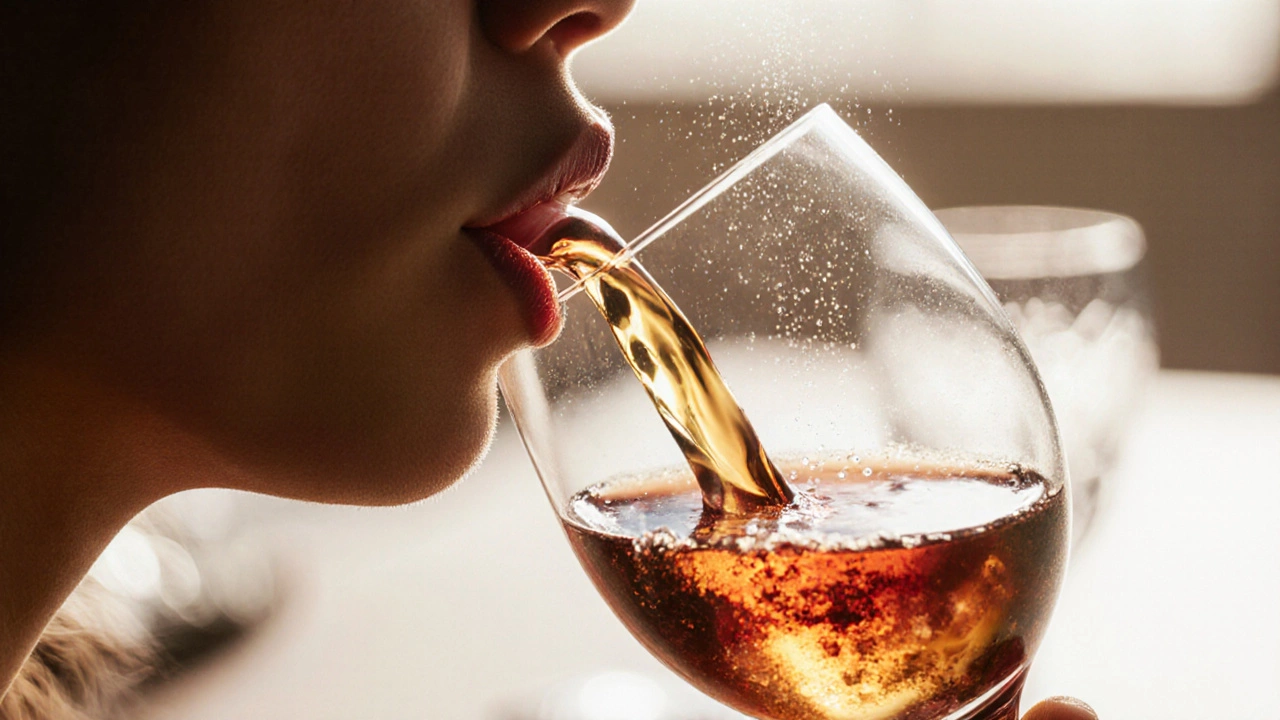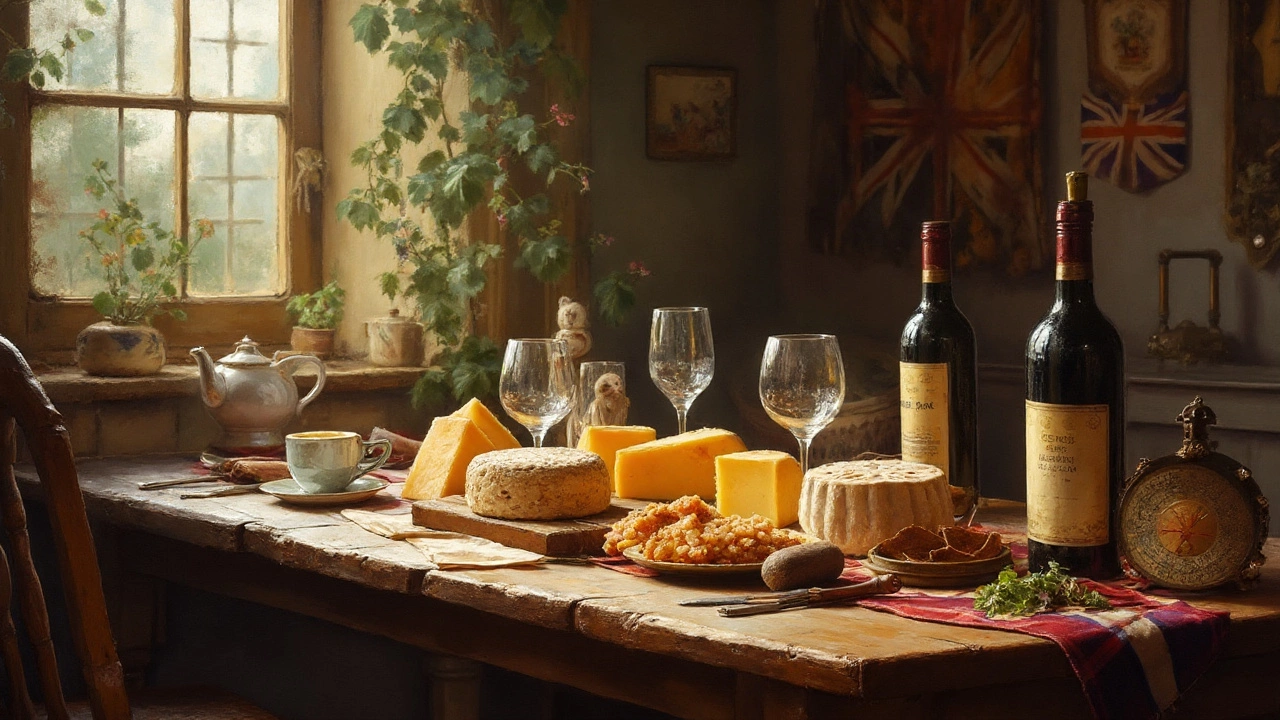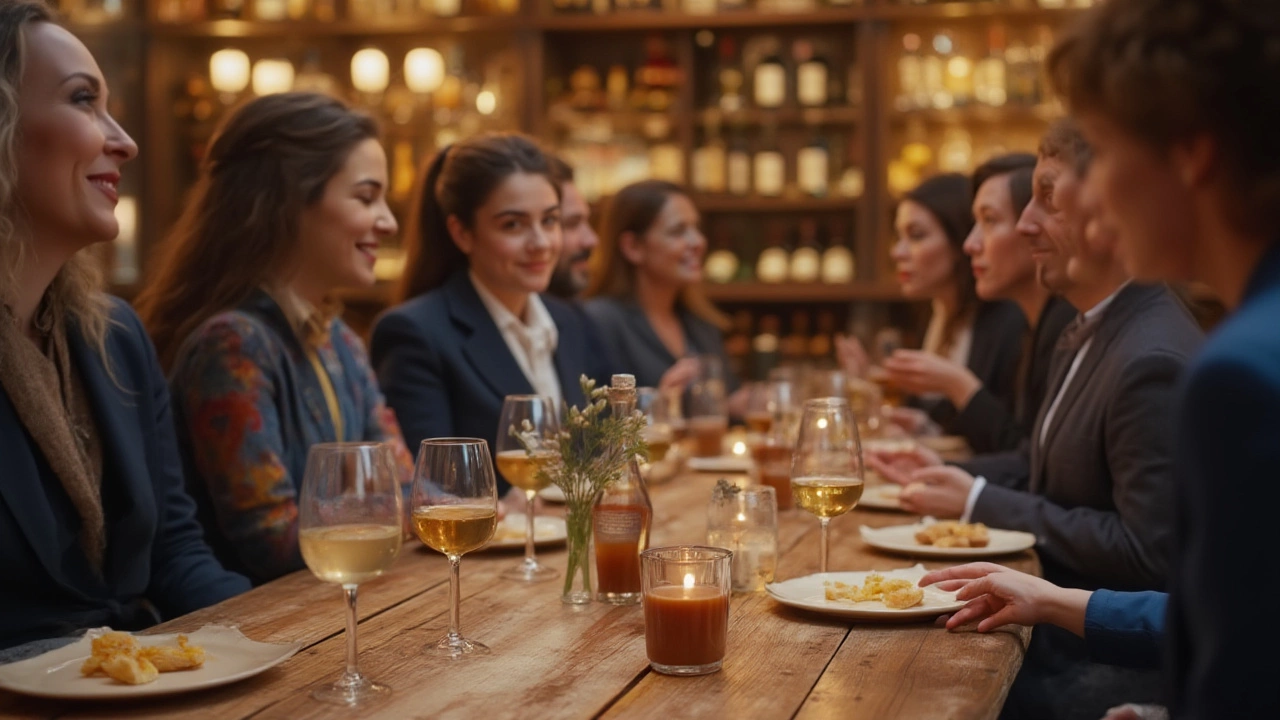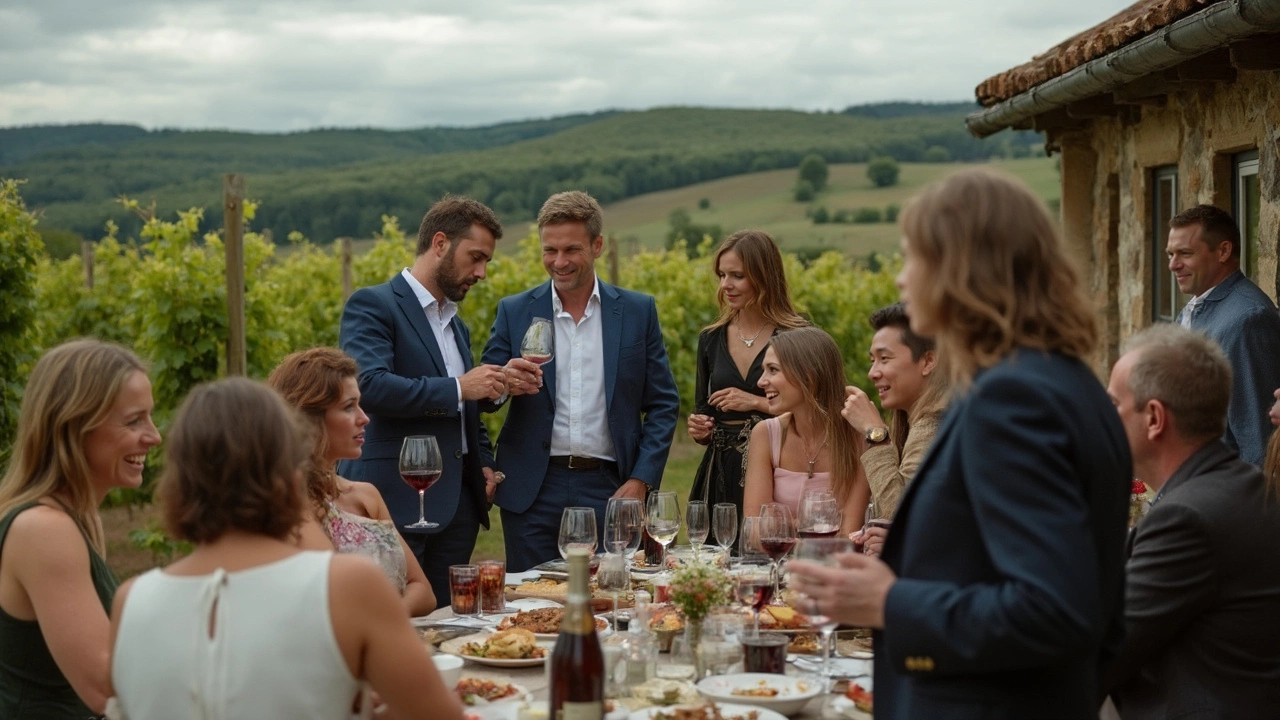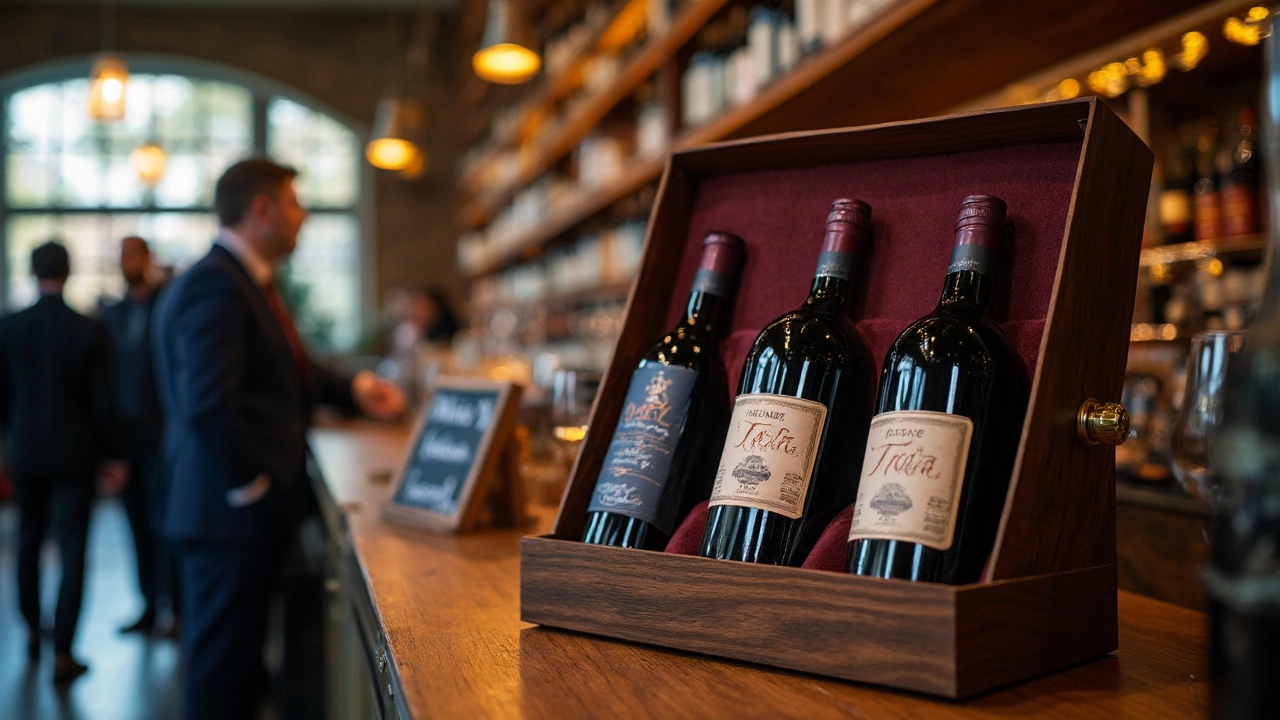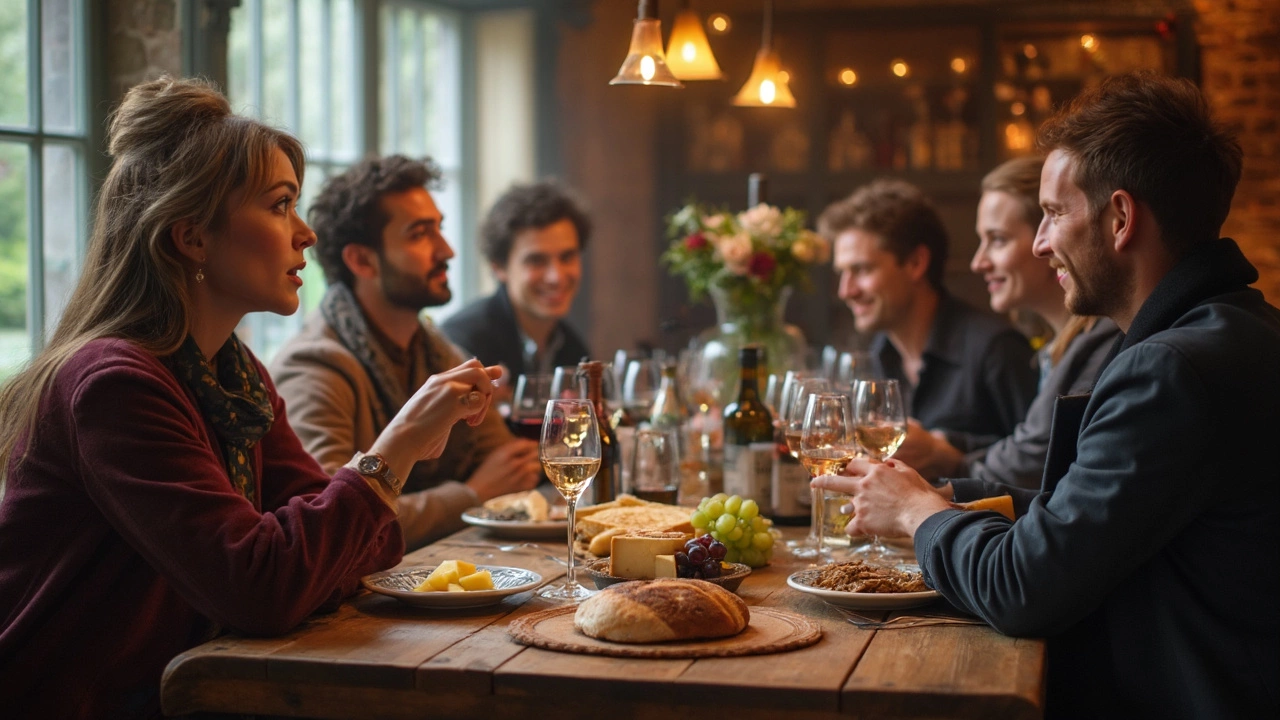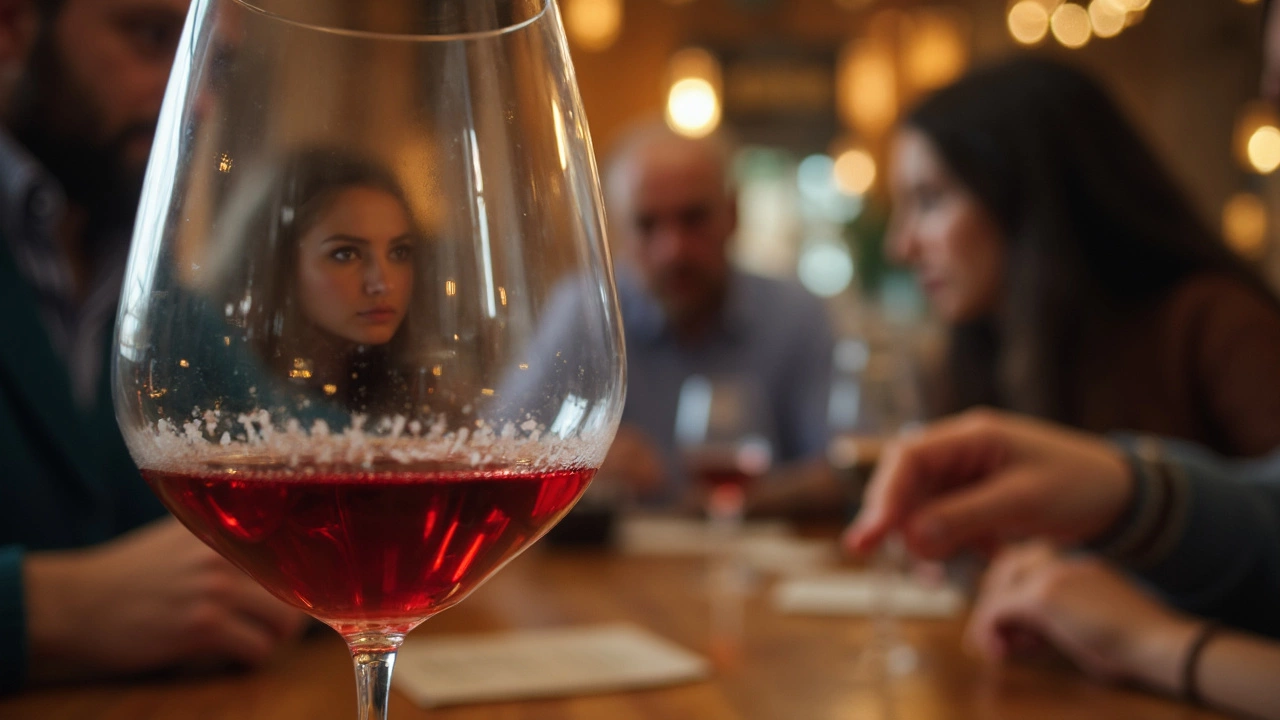Wine Tasting Guide: Tips, Techniques, and Fun Ideas
Ever wondered why some people can name a wine’s fruit, age, and region in seconds? It’s not magic – it’s practice. Below are simple steps you can use tonight, whether you’re at home or a vineyard.
Step‑by‑Step: How to Taste Wine
1. Look – Hold the glass up to light. Check the color and clarity. A deep ruby often means a younger red, while a pale straw hints at an older white. Swirl the glass and watch the “legs” form; slower legs usually signal higher alcohol.
2. Smell – Bring the glass close, inhale gently. Try to pick out one or two scents first – maybe blackcurrant, citrus, or a hint of oak. Don’t force it; let your nose do the work. If you can name a scent, you’re on the right track.
3. Sip – Take a small gulp and let it coat your whole mouth. Notice the sweetness, acidity, and tannin. Does it feel smooth or a bit rough? Think about the balance – a good wine should feel harmonious, not one‑sided.
4. Finish – Pay attention to how long the flavor lasts after you swallow. A long finish usually means higher quality. If the taste fades quickly, the wine might be simple or young.
Fun Ways to Level Up Your Tasting Sessions
Turn a solo sip into a mini adventure. Invite a friend and compare notes – you’ll both learn faster. Try blind tasting: cover the label and guess the variety or region. It’s a great party trick and sharpens your senses.
Mix food and wine for extra excitement. A slice of cheddar highlights a bold red, while fresh goat cheese brings out the crispness of a Sauvignon Blanc. Keep a notebook; jot down the wine, the food, and what you tasted. Over time you’ll see patterns and develop a personal palate.
Don’t forget the basics: use proper glassware, serve at the right temperature (red around 60‑65°F, white cooler at 45‑50°F), and avoid strong smells in the room. A clean nose makes a cleaner tasting.
Whether you’re just starting or want to impress a crowd, these steps keep the process easy and enjoyable. Grab a bottle, follow the guide, and soon you’ll be the go‑to wine talker in your group.
Discover why swishing wine unlocks aroma, flavor and texture, with step-by-step tips, common mistakes, and a handy comparison of mouth actions.
View DetailsDiscover the fascinating reasons behind the classic cheese and wine pairing, with historical secrets, modern science, expert tips, and surprising flavor hacks.
View DetailsThinking of driving after wine tasting? Understand the science, law, and real risks involved before getting behind the wheel. Read expert tips for safe wine tours.
View DetailsEver wondered why waiters pour a small splash of wine before serving? Learn the tradition, the science, and tips to get the most from your next glass.
View DetailsWondering what drink primes your palate before wine tasting? Discover surprising choices, proven facts, and simple tips for the perfect tasting experience.
View DetailsShould you eat during a wine tasting? Discover the etiquette, the best food pairings, and smart tasting tips for enjoying wine and snacks together, just like a pro.
View DetailsThinking about heading to a wine tasting? What you do before you sip matters more than you think. This deep-dive article uncovers surprising things to avoid before wine tasting so you get the best experience possible. From skipping perfume to rethinking your coffee, you'll find practical, real-world advice for both beginners and seasoned tasters. Brush up on wine customs and learn how simple pre-tasting slip-ups can change your palate. Don’t miss these smart tips to taste wine like a pro.
View DetailsCurious about how to taste wine like the pros? This article breaks down the classic five steps of wine tasting into easy, clear instructions that anyone can follow. From looking and swirling to sniffing and sipping, each step is packed with practical advice and tips. Learn why each part of the process matters and how even small details—like the glass you use—can change your wine experience. Perfect for beginners or anyone who wants a quick, reliable guide to getting more enjoyment from every glass.
View DetailsEver wondered if there's a special name for three bottles of wine? This article untangles the mystery behind wine groupings and what to call them. We'll break down industry terms and how wineries actually sell multiples. You'll also get some practical tips for picking, storing, and sharing wine trios. Perfect for beginners and anyone who wants to sound like they know their stuff around a tasting table.
View DetailsEver wondered if you’re supposed to eat during a wine tasting? This article breaks down what you can (and maybe should) eat at a tasting, how food affects your palate, and what experts suggest to make the most of your experience. Find out which snacks are welcome, what to avoid, and how food totally changes the way you taste wine. Perfect if you’re new to tastings or just want to feel less awkward about snacking.
View DetailsWondering if sneakers are okay for a winery visit? This article breaks down what you really need to know about footwear (and outfits in general) for wine tasting trips. Learn about dress codes at different types of wineries, how comfort can matter more than style, and insider tips for not looking out of place. The guide also touches on practical stuff like walking in vineyards and weather. Don’t pack your bag until you’ve read these tips.
View DetailsEver noticed those streaks running down your wine glass and wondered what they're all about? This article breaks down what wine legs really mean, why they form, and whether they say anything important about quality. Get no-nonsense tips on how to read them, spot myths, and actually use them the next time you're tasting wine. No fluff, just practical info you can use. Perfect for anyone who's stared at their glass and asked, 'So what?'
View Details